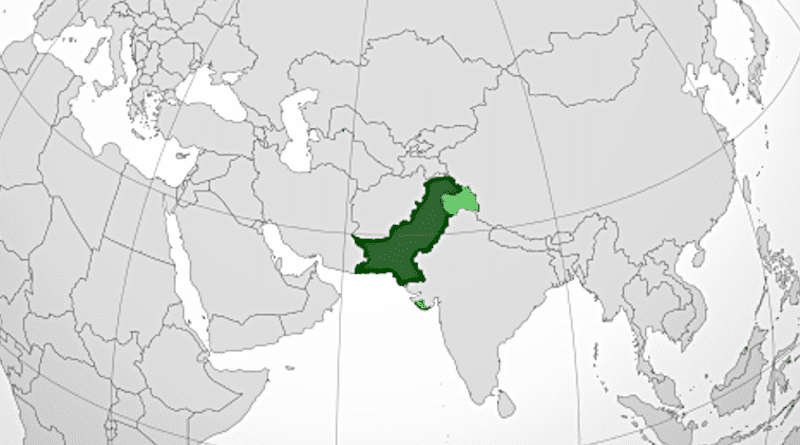Pakistan’s Dangerous Levels Of Indoor And Outdoor Pollution
According to latest reports millions of people in Pakistan are exposed to dangerous levels of outdoor and indoor air pollution and vector-borne diseases with millions of people suffering from diseases because of having no access to clean air.
In Pakistan indoor air pollution alone is the reason for 30,000 child deaths per year. In all major cities, airborne particulate matter exceeds safe levels and causes some 22,700 deaths annually. The BBC states the country suffers from some of the highest air pollution levels in the world. The emissions in the country from industries, refineries, thermal power plants and vehicles all chip in to heart disease, lung disorders and cancer.
Pakistan’s health indicators, health funding, and health and sanitation infrastructure are generally poor, particularly in rural areas. About 19 percent of the population is malnourished a higher rate than the 17 percent average for developing countries and 30 percent of children under age five are malnourished. Leading causes of sickness and death include gastroenteritis, respiratory infections, congenital abnormalities, tuberculosis, malaria, and typhoid fever.
According to a World Bank report, Pakistan has responded to its environmental problems by developing laws, establishing Government agencies and accepting technical assistance from donors, including the World Bank. Even so, the response remains patchy and environmental institutions, laws, and other initiatives do not solve the whole problem.
Environmental legislation is still not well developed in Pakistan, especially in comparison to the developed world. For example, there are no national quality standards for MSW.
When solid waste is burnt heavy metals like lead, toxic gases and smoke spreads over residential areas. The wind also carries waste, dust and gases caused by decomposition. Putrefaction of waste in sunlight during daytime results in bad smells and reduced visibility.
In many cities there are no air quality regulations and, where they do exist, national standards and their enforcement vary markedly. Across the country, city air is often thick with exhaust fumes, factory smoke or soot from coal burning power plants.
Pakistan is not a major pollution contributor compared to other Asian countries, the majority of its people don’t destroy forests, don’t wipe out endangered species, don’t pollute rivers and oceans, and emit essentially no greenhouse gases.
All possible measures need to be adopted, i.e. filter purifiers must apply on burners of factories, and vehicles must be checked regularly so they do not become a source of air pollution. Special attention must be given to health and hygiene conditions. If we monitor and manage the environment properly we can significantly reduce the number of people suffering from respiratory and heart disease, and lung cancer.

